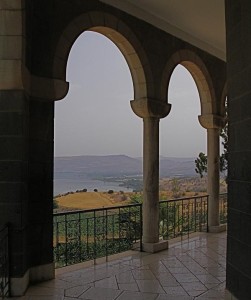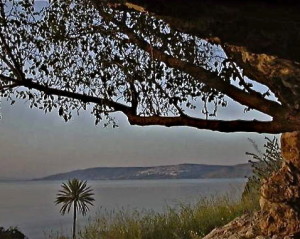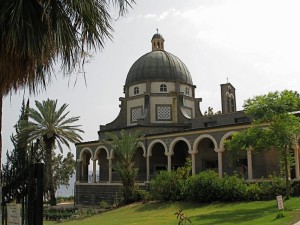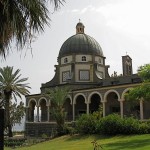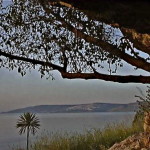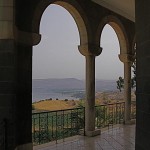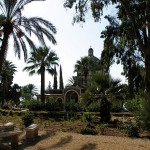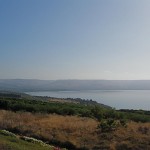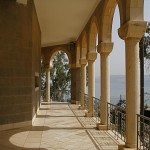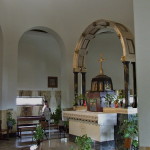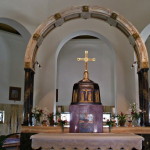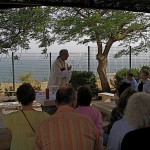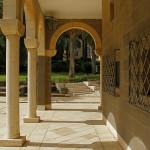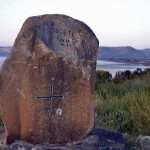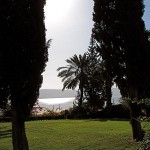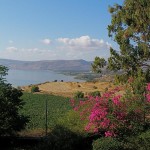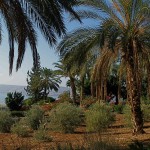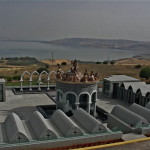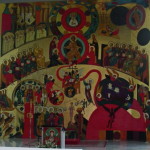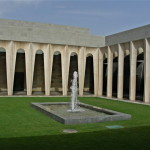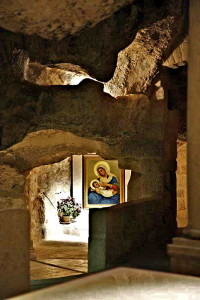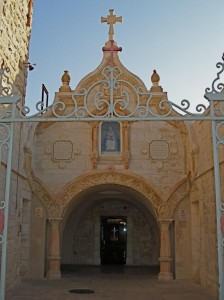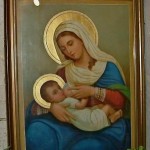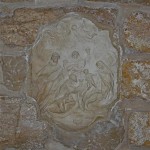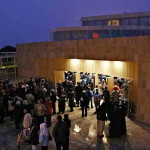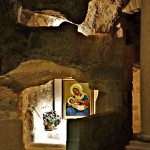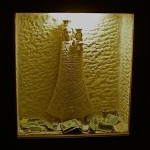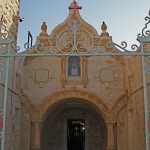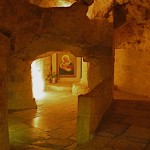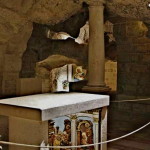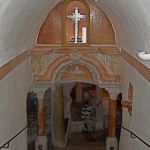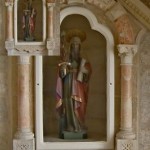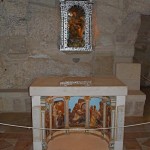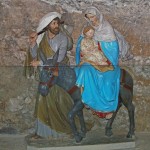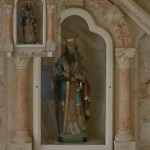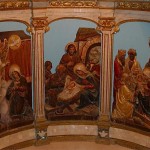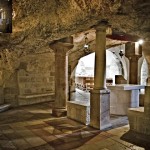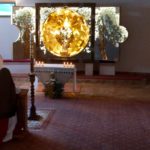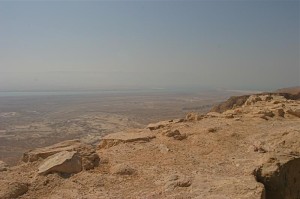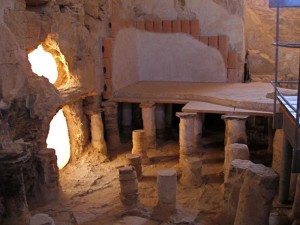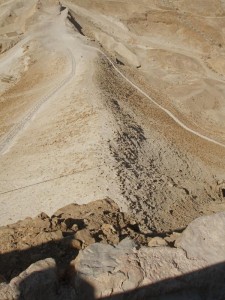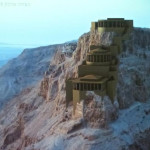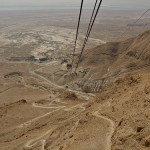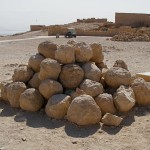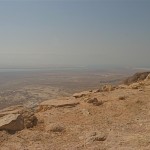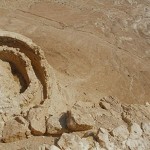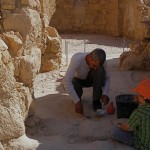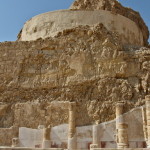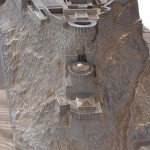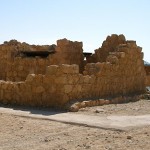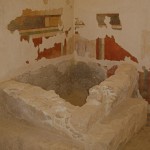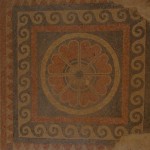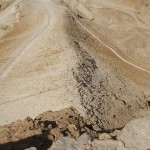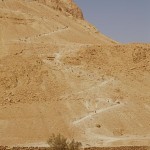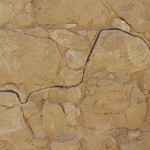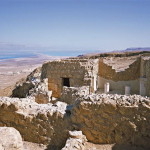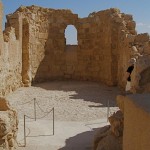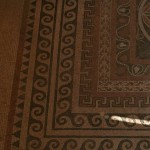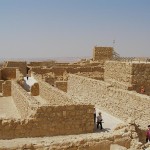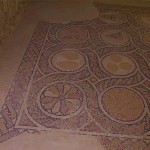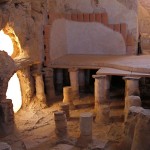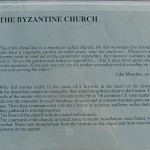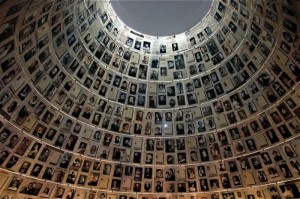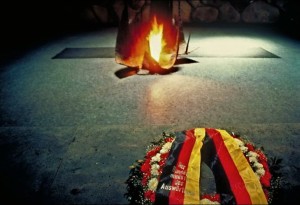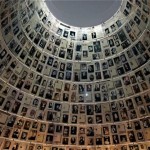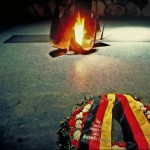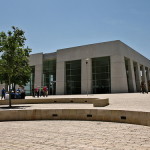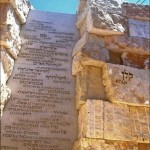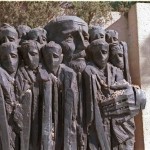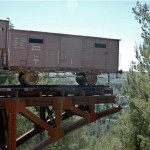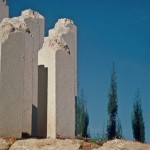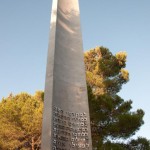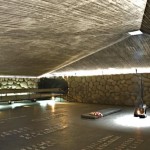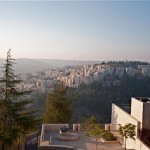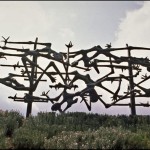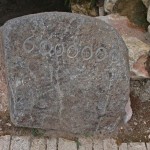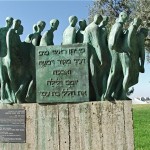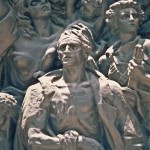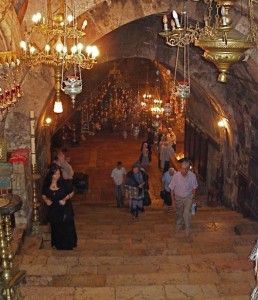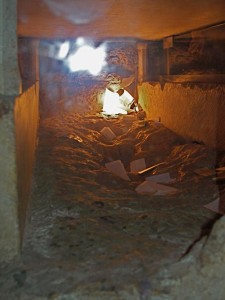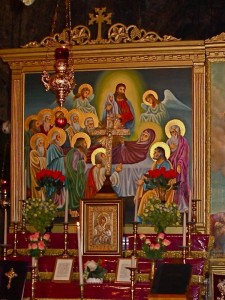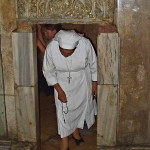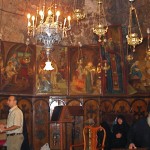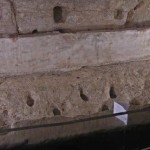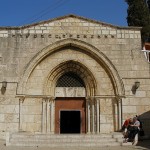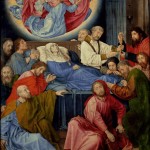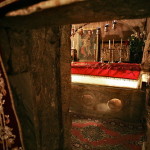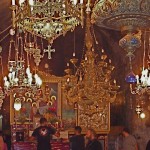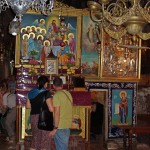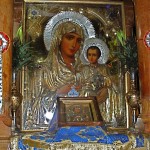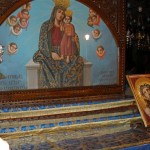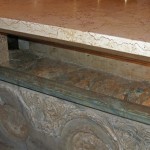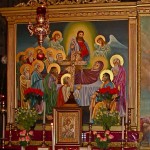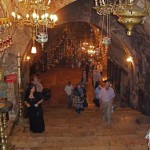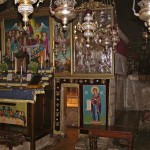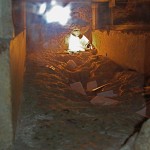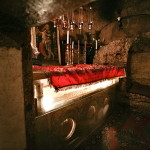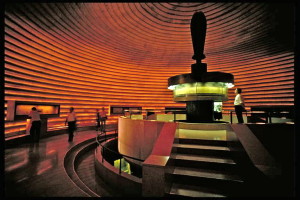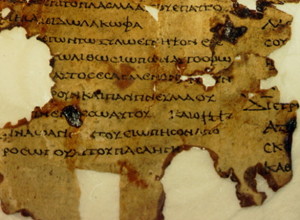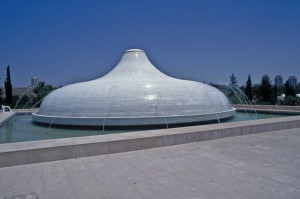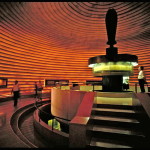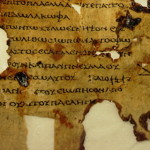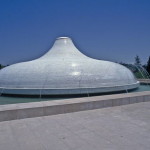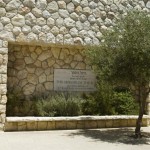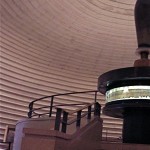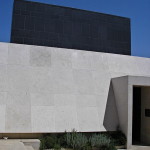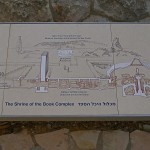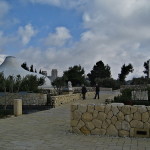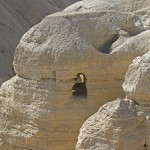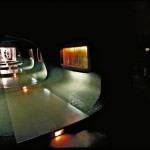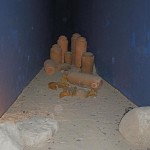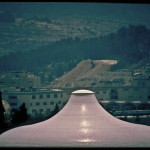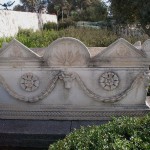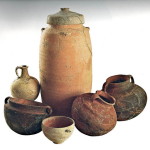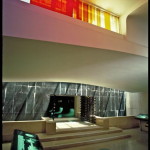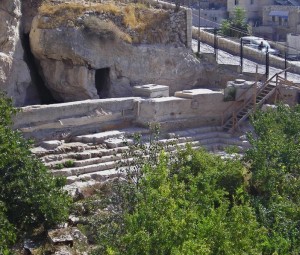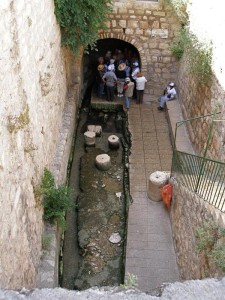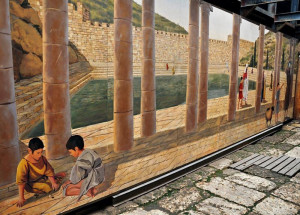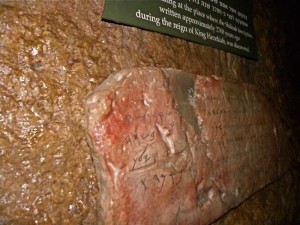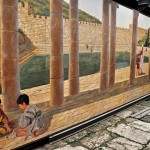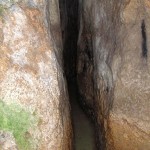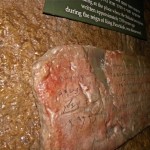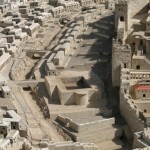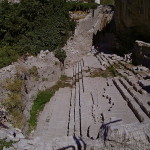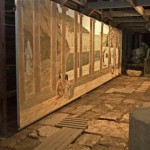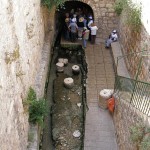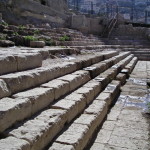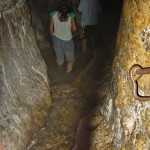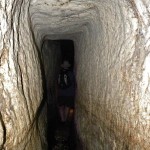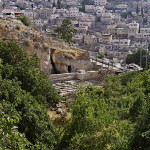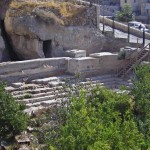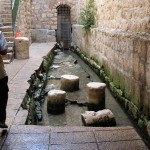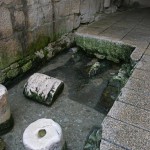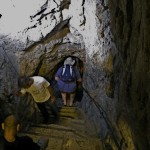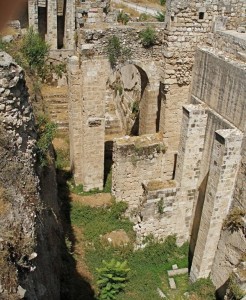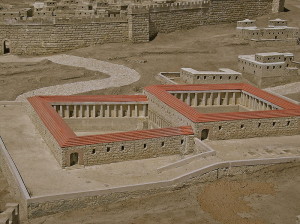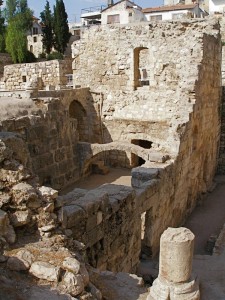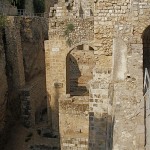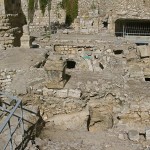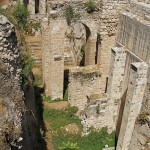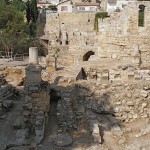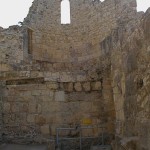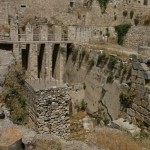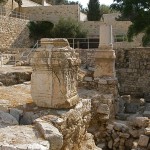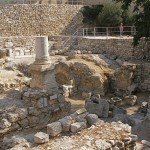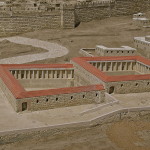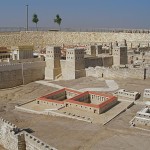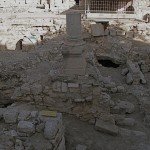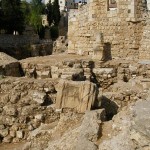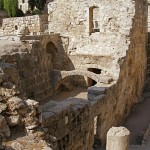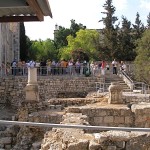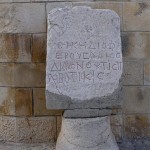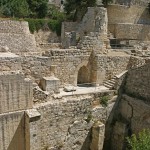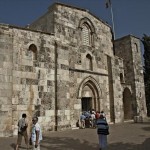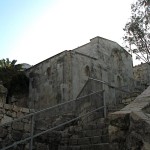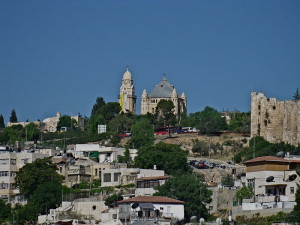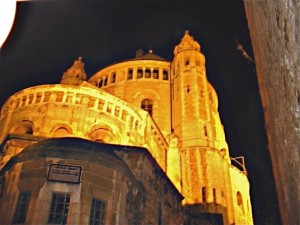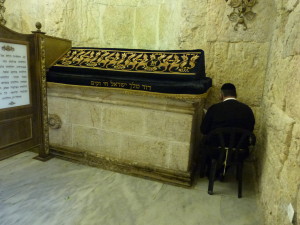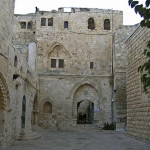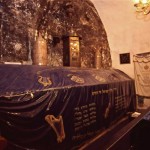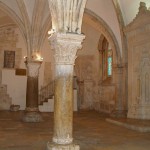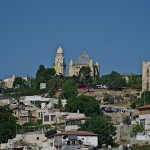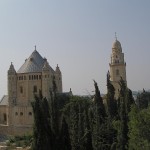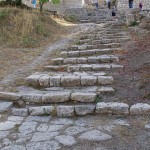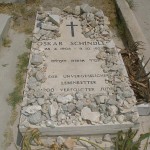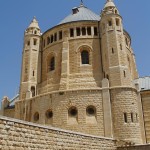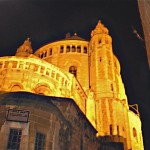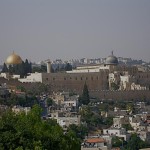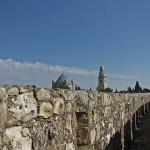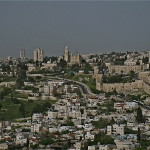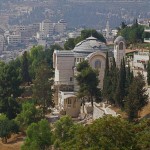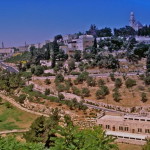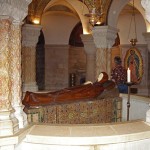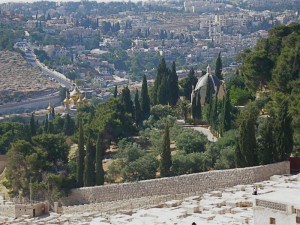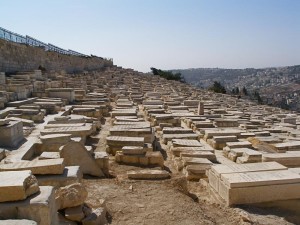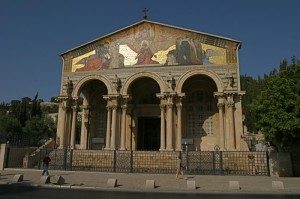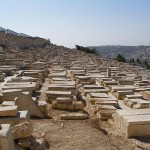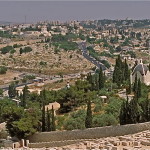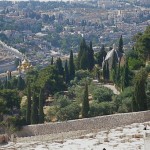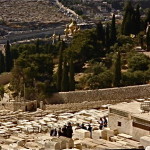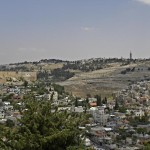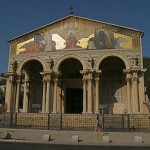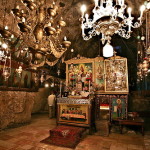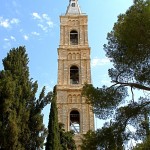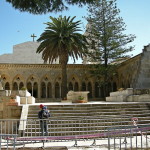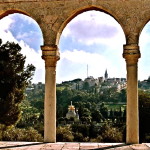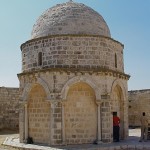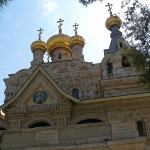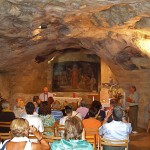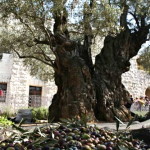Israel
The Mount of Beatitudes, believed to be the setting for Jesus’ most famous discourse, the Sermon on the Mount, is one of the most beautifully serene places in the Holy Land.
Overlooking the northwestern shore of the Sea of Galilee, it offers an enchanting vista of the northern part of the lake and across to the cliffs of the Golan Heights on the other side.
Within sight are the scenes of many of the events of Jesus’ ministry in Galilee, including the town of Capernaum 3km away, where he made his home. Just below is Sower’s Cove, where it is believed Jesus taught the Parable of the Sower (Mark 4:1-9) from a boat moored in the bay.
The exact site of the Sermon on the Mount (Matthew 5:1-7:28) is unknown. Pilgrims commemorate the event at the eight-sided Church of the Beatitudes, built on the slope of the mount and accessible by a side road branching off the Tiberias-Rosh Pina highway.
The Mount of Beatitudes is also understood to be the place where Jesus met his apostles after his Resurrection and commissioned them to “make disciples of all nations” (Matthew 28:16-20).
Plenty of space for a crowd
The spacious slope of the Mount of Beatitudes (also known as Mount Eremos, a Greek word meaning solitary or uninhabited) would have provided ample space for a large crowd to gather to hear Jesus.
The 4th-century pilgrim Egeria records a tradition that may go back to the Jewish-Christians of Capernaum. She tells of a cave in the hillside at the Seven Springs, near Tabgha, “upon which the Lord ascended when he taught the Beatitudes”.
Archaeologist Bargil Pixner says: “The terrace above this still existing cave, called Mughara Ayub, must be considered the traditional place of the Sermon on the Mount. The hillcrest of Eremos indeed offers a magnificent view over the entire lake and the surrounding villages. The cragginess of this hill meant it was left uncultivated and enabled Jesus to gather large crowds around him without causing damage to the farmers.”
A Byzantine church was erected nearby in the 4th century, and it was used until the 7th century. Its ruins have been discovered downhill from the present church.
Eight sides for eight beatitudes
The Church of the Beatitudes, an elegant octagonal building with colonnaded cloisters, blends into the slope rather than dominating it. It was built in 1938 for a Franciscan order of nuns, to a design by Italian architect Antonio Barluzzi — and partly financed by the Italian fascist dictator Benito Mussolini.
The eight sides of the light and airy church represent the eight beatitudes, and these are also shown in Latin in the upper windows.
The centrally placed altar is surmounted by a slender arch of alabaster and onyx. Around it, the seven virtues (justice, charity, prudence, faith, fortitude, hope and temperance) are depicted by symbols in the mosaic floor.
In the landscaped garden, three altars are provided for group worship.
Sermon was radical and countercultural
The Sermon on the Mount, a powerful summary of the fundamental teachings of Jesus, opens with his proclamation of the eight beatitudes, beginning with “Blessed are the poor in spirit, for theirs is the kingdom of heaven . . . .” (Matthew 5:3)
Jesus taught orally, rather than by writing. Matthew notes that he sat down before speaking, a typical Jewish position for teaching.
Scholars suggest that Matthew’s account is not a report of one, uninterrupted sermon given on one occasion. Rather, it is believed, Matthew took a core sermon and added various teachings given at different times.
The sermon indicated how Jesus’ followers, described as “the salt of the earth”, should live so that they would be in right relationship with God and with others. “For I tell you,” he said, “unless your righteousness exceeds that of the scribes and Pharisees, you will never enter the kingdom of heaven.” (Matthew 5:20)
Biblical scholar Peter Walker comments: “The serenity of this beautiful place, however, may be slightly unhelpful here, suggesting that Jesus’ words were calm and soothing when in fact they were radical, demanding, authoritative, revolutionary and countercultural. Jesus was calling Israel to a new way of life . . . .”
Christian centre on the peak
On the peak of the Mount of Beatitudes is a Christian centre for meetings, studies and retreats called Domus Galilaeae (House of Galilee), opened in 2000. It is situated just over 1km from the ruins of ancient Chorazin.
The centre and adjacent monastery belongs to the Neo-Catechumenal Way, a Catholic movement for Christian formation. Its striking architecture was designed by the movement’s founder, Kiko Argüello, and a team of architects.
The library specialises in books about the Sermon on the Mount. The chapel has a large painting by Argüello, combining Eastern and Western Christian symbols and paying homage to the Church’s Jewish roots.
Related site:
In Scripture:
The Sermon on the Mount: Matthew 5:1-7:28
The parable of the sower: Mark 4:1-9
Jesus commissions the disciples: Matthew 28:16-20
Administered by: Franciscan Missionary Sisters of the Immaculate Heart of Mary
Tel.: 972-4-6790978
Open: 8-11.45am, 2.30-5pm (4pm Oct-Mar)
- Church of the Beatitudes (Seetheholyland.net)
- Sea of Galilee from the cave of Eremos (© Don Schwager)
- Cloister of Beatitudes church overlooking Sea of Galilee (Seetheholyland.net)
- Setting of Church of the Beatitudes (Seetheholyland.net)
- Sea of Galilee from Mount of Beatitudes (Seetheholyland.net)
- Cloister of Church of the Beatitudes (Seetheholyland.net)
- Inside Church of the Beatitudes (Chris Yunker)
- Altar in Church of the Beatitudes (Seetheholyland.net)
- Worship space at Church of the Beatitudes (Seetheholyland.net)
- Cloister of Church of the Beatitudes (Seetheholyland.net)
- Monument on the Eremos hillcrest, quoting Jesus’ “Go teach all nations” (© Don Schwager)
- Sea of Galilee from Mount of Beatitudes (Seetheholyland.net)
- Looking down to Sea of Galilee from Mount of Beatitudes (Seetheholyland.net)
- Garden of Church of the Beatitudes (Seetheholyland.net)
- Domus Galilaeae centre (© Israel Ministry of Tourism)
- Mural in Domus Galilaeae centre (© Israel Ministry of Tourism)
- Courtyard in Domus Galilaeae centre (© Israel Ministry of Tourism)
References
Blaiklock, E. M.: Eight Days in Israel (Ark Publishing, 1980)
Gonen, Rivka: Biblical Holy Places: An illustrated guide (Collier Macmillan, 1987)
Kilgallen, John J.: A New Testament Guide to the Holy Land (Loyola Press, 1998)
Pixner, Bargil: With Jesus Through Galilee According to the Fifth Gospel (Corazin Publishing, 1992)
Walker, Peter: In the Steps of Jesus (Zondervan, 2006)
Wareham, Norman, and Gill, Jill: Every Pilgrim’s Guide to the Holy Land (Canterbury Press, 1996)
External links

